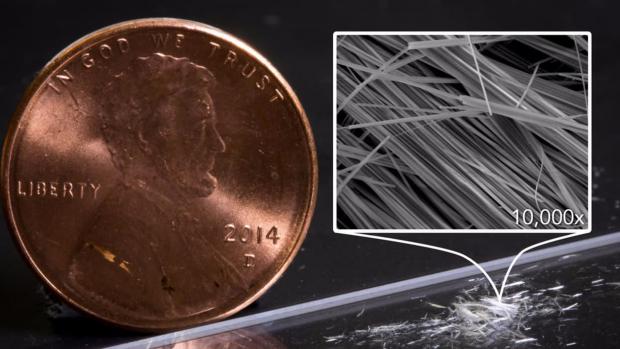
Breaking News
Living a Creative Life Maximizes Your Life
SEMI-NEWS/SEMI-SATIRE: November 9, 2025 Edition
 Trump pardons Mets legend, 'Celebrity Apprentice' alum Darryl Strawberry over tax evasion co
Trump pardons Mets legend, 'Celebrity Apprentice' alum Darryl Strawberry over tax evasion co
 You WON'T BELIEVE How Much Money We're REALLY Sending To Israel!
You WON'T BELIEVE How Much Money We're REALLY Sending To Israel!
Top Tech News
 HUGE 32kWh LiFePO4 DIY Battery w/ 628Ah Cells! 90 Minute Build
HUGE 32kWh LiFePO4 DIY Battery w/ 628Ah Cells! 90 Minute Build
 What Has Bitcoin Become 17 Years After Satoshi Nakamoto Published The Whitepaper?
What Has Bitcoin Become 17 Years After Satoshi Nakamoto Published The Whitepaper?
 Japan just injected artificial blood into a human. No blood type needed. No refrigeration.
Japan just injected artificial blood into a human. No blood type needed. No refrigeration.
 The 6 Best LLM Tools To Run Models Locally
The 6 Best LLM Tools To Run Models Locally
 Testing My First Sodium-Ion Solar Battery
Testing My First Sodium-Ion Solar Battery
 A man once paralyzed from the waist down now stands on his own, not with machines or wires,...
A man once paralyzed from the waist down now stands on his own, not with machines or wires,...
 Review: Thumb-sized thermal camera turns your phone into a smart tool
Review: Thumb-sized thermal camera turns your phone into a smart tool
 Army To Bring Nuclear Microreactors To Its Bases By 2028
Army To Bring Nuclear Microreactors To Its Bases By 2028
 Nissan Says It's On Track For Solid-State Batteries That Double EV Range By 2028
Nissan Says It's On Track For Solid-State Batteries That Double EV Range By 2028
Super-thin electrical wires are made from tiny diamond bits

The creators believe that the new method used to create this nanowire could one day be employed to make minuscule wires for a range of applications, including electricity-generating fabrics, optoelectronic devices, and even superconducting materials that conduct electricity with almost no loss.
Composed of interlocking cages of carbon and hydrogen, diamondoids occur naturally in petroleum fluids. For this research, the tiny molecules were extracted and separated by the researchers and a sulphur atom was attached to each one. In a solution, the sulphur-loaded diamondoids were made to bond with copper ions to create the nanowire building blocks.
In the solution, the building blocks clumped together via a phenomenon known as the van der Waals force, that defines such things as the way certain molecules are attracted or repelled from each other and how geckos are able to walk on glass.

 Carbon based computers that run on iron
Carbon based computers that run on iron

